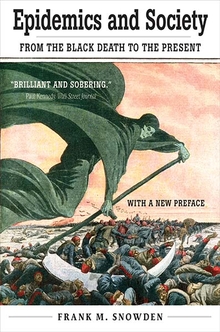Truth or Beauty
WARNING
You are viewing an older version of the Yalebooks website. Please visit out new website with more updated information and a better user experience: https://www.yalebooks.com
Science and the Quest for Order
David Orrell
In this sweeping book, applied mathematician and popular author David Orrell questions the promises and pitfalls of associating beauty with truth, showing how ideas of mathematical elegance have inspired—and have sometimes misled—scientists attempting to understand nature.
Orrell shows how the ancient Greeks constructed a concept of the world based on musical harmony; later thinkers replaced this model with a program, based on Newton’s “rational mechanics,” to reduce the universe to a few simple equations. He then turns to current physical theories, such as supersymmetric string theory—again influenced by deep aesthetic principles. The book sheds new light on historical investigations and also recent research, including the examinations ongoing at the Large Hadron Collider. Finally, broadening his discussion to other fields of research, including economics, architecture, and health, Orrell questions whether these aesthetic principles reflect an accurate way to explain and understand the structure of our world.
David Orrell is an applied mathematician and popular author. In early 2012, he completed an honorary visiting research fellowship at the Oxford University Smith School of Enterprise and the Environment.
"Orrell swings from the ancient preoccupation with musical harmony and numerical ratios to Renaissance nature studies, the mechanistic approach and the physical sciences of today. Imperfect as it is, ‘messy’ science, he argues, has a novel beauty of its own."—Nature
“If science is the search for truth, we’d better understand what is this truth that we seek. As David Orrell pointedly argues in this well-written and accessible book, modern science runs the danger of being blinded by an overarching aesthetic prejudice—traceable back to Ancient Greece—that truth is necessarily wedded to beauty. Quite the opposite, the more we learn about the natural world, the more we are forced to accept a different kind of aesthetic based on the imperfect and the asymmetric, and no less beautiful for it.”—Marcelo Gleiser, author of A Tear at the Edge of Creation, Appleton Prof. of Natural Philosophy, Dartmouth College
Publication Date: November 27, 2012
20 b/w illus.








